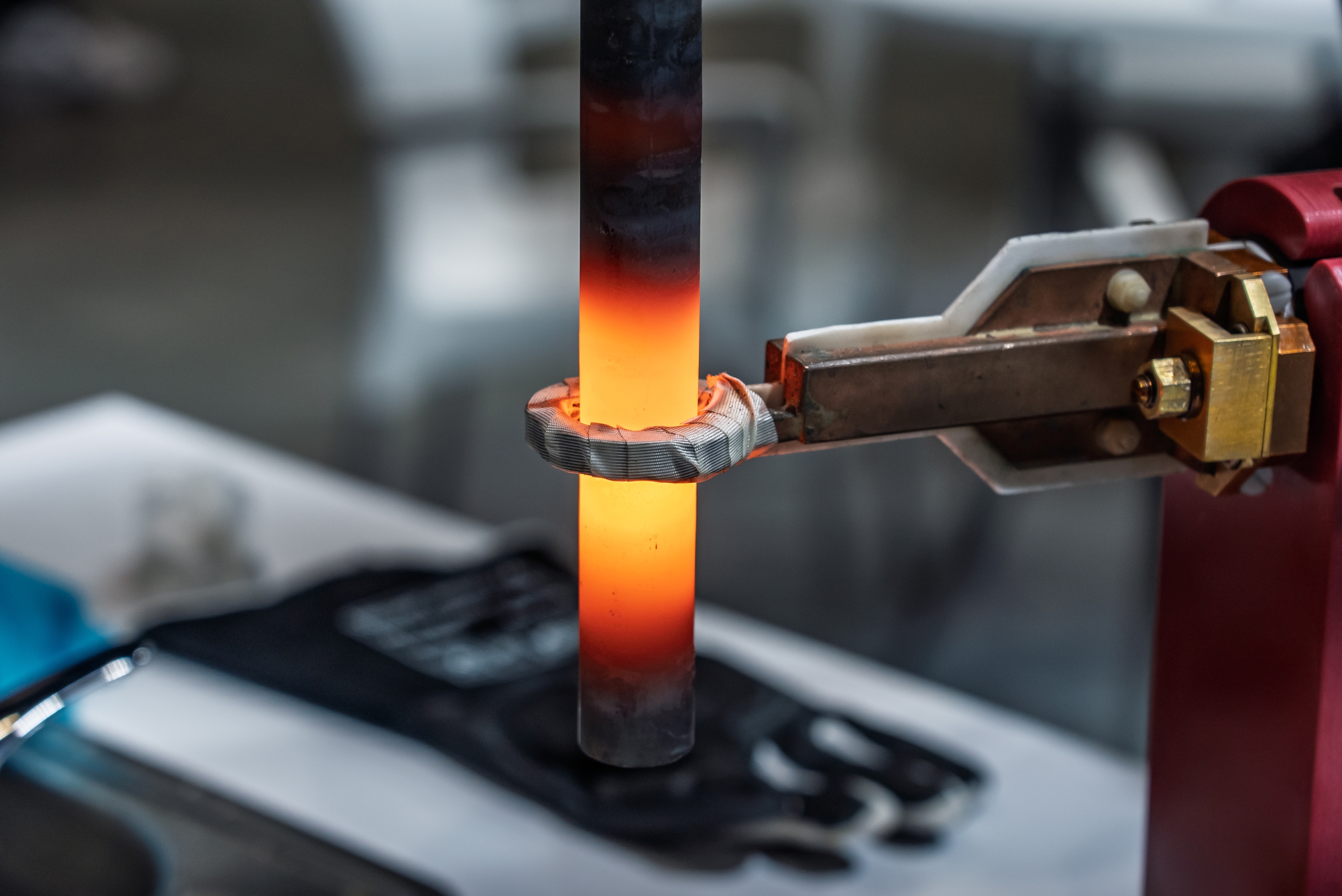Introduction
When purchasing stainless steel for various industrial or commercial applications, understanding the differences between the various types of stainless steel finishes and treatments is essential. Two common treatments that affect the properties of stainless steel are annealing and hardening. Both processes influence the material's strength, flexibility, and corrosion resistance, making it crucial for stainless steel purchasers to understand how these processes work. This article will explain what annealed and hardened stainless steel mean, explore their differences, and help you make an informed decision based on your specific needs.

What Does Annealed Mean in Stainless Steel?
Annealing is a heat treatment process where stainless steel is heated to a specific temperature and then cooled slowly. The purpose of annealing is to relieve internal stresses, improve ductility, and enhance the material's workability. In simpler terms, annealing softens stainless steel, making it easier to form and weld.
Key characteristics of annealed stainless steel include:
- Increased Ductility: Annealed stainless steel is much more flexible and easier to manipulate.
- Improved Workability: Due to its softer nature, annealed stainless steel is ideal for processes like bending, forming, and machining.
- Reduced Internal Stresses: The annealing process helps remove any stresses from previous manufacturing processes, ensuring a more uniform material.
For instance, annealed stainless steel is often used in applications like kitchenware, food processing equipment, and architectural components where a combination of durability and flexibility is required.
What Does Hardened Mean in Stainless Steel?
Hardened stainless steel, on the other hand, undergoes a heat treatment process that increases its hardness and tensile strength. This is typically achieved through quenching (rapid cooling) and tempering (controlled reheating) to form a crystalline structure that makes the material harder and more resistant to wear.
Characteristics of hardened stainless steel include:
- Enhanced Strength: Hardened stainless steel is much stronger and more resistant to abrasion and deformation.
- Increased Durability: Due to its high strength, hardened stainless steel is ideal for high-stress applications, such as in automotive or aerospace industries.
- Reduced Ductility: While the material becomes much harder, it also becomes more brittle and less flexible compared to annealed stainless steel.
For example, hardened stainless steel is commonly used in tools, cutting instruments, and machine parts that require high wear resistance.
What Is the Difference Between Annealed and Hardened Stainless Steel?
The primary difference between annealed and hardened stainless steel lies in their mechanical properties, which are influenced by the heat treatment process they undergo.
| Property | Annealed Stainless Steel | Hardened Stainless Steel |
| Hardness | Low to medium | High |
| Ductility | High (more flexible) | Low (more brittle) |
| Strength | Medium | High |
| Workability | Excellent | Poorer (difficult to form) |
| Applications | Kitchenware, architectural features | Industrial tools, machine parts |
- Annealed Stainless Steel: Soft and flexible, suitable for applications where ease of manipulation is important.
- Hardened Stainless Steel: Strong and durable, ideal for applications where resistance to wear and stress is a priority.
Case Study: Industrial Use Cases
Consider a manufacturer of industrial tools. For high-wear parts like drill bits, hardened stainless steel is the clear choice because it can withstand the repeated stress of drilling into tough materials. On the other hand, if the same manufacturer is creating components that require extensive forming, such as pipes for fluid transport, annealed stainless steel would be more suitable due to its flexibility and ease of shaping.
Conclusion
In conclusion, understanding the difference between annealed and hardened stainless steel is essential when selecting the right material for your project. Annealed stainless steel offers superior flexibility and workability, making it ideal for forming and welding, while hardened stainless steel excels in applications that demand high strength and wear resistance.
If you're unsure about which type of stainless steel best fits your needs, don't hesitate to contact a specialist. Our team can help guide you through the selection process, ensuring you choose the right material for your project. Whether you're in construction, manufacturing, or any other industry, we are here to assist with your stainless steel needs.